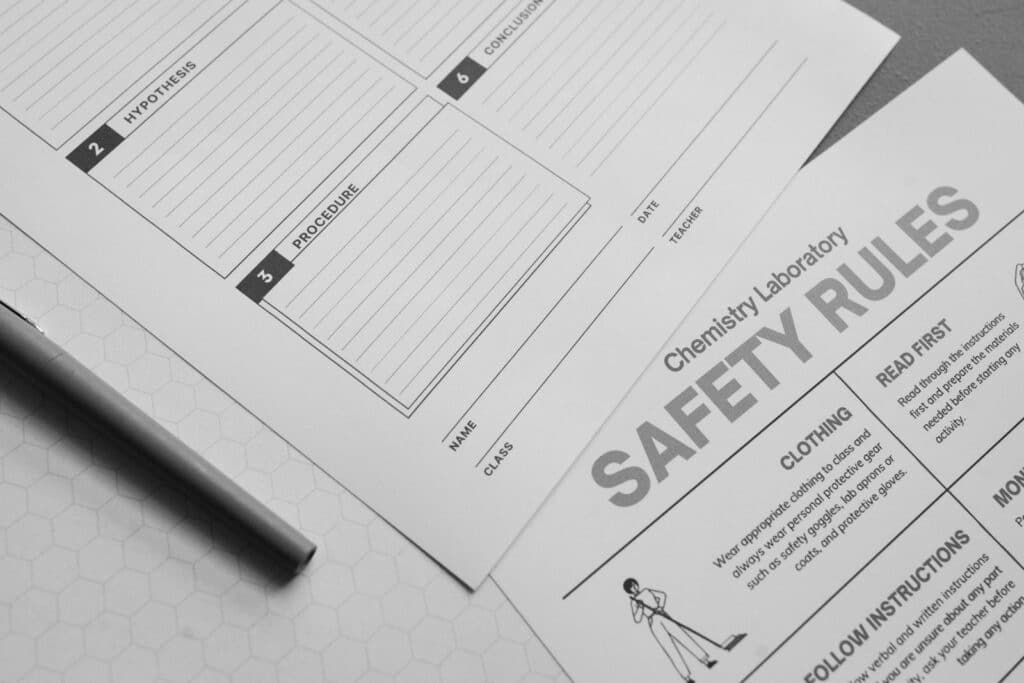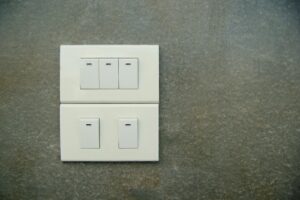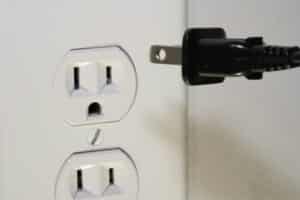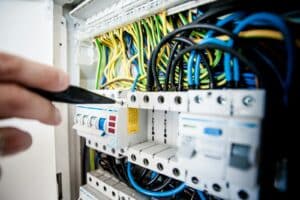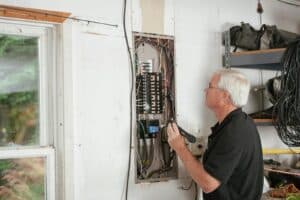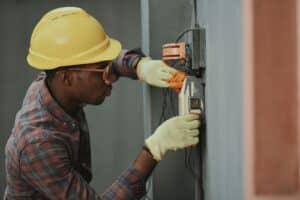Learn how to prevent future electrical emergencies at home by combining routine checks, protective devices, and safe usage habits. These proactive measures minimise the risk of electric shock, fire, and costly power interruptions.
Steps On How To Prevent Future Electrical Emergencies at Home
1. Schedule Periodic Electrical Safety Inspections
Have a licensed electrician test RCDs, earthing, insulation resistance, and switchboard integrity at regular intervals or after renovations. Inspections catch early faults before they escalate into hazardous failures.
2. Upgrade Aging Switchboards and Cabling
Replace outdated fuse boards with modern breakers and RCDs/RCBOs to meet current safety standards. Updating brittle insulation, aluminium wiring, or corroded connections improves reliability and protection.
3. Use Correctly Rated Appliances and Power Boards
Avoid daisy-chaining power boards and ensure appliances match circuit amperage capacity. Regularly check cords for wear or heat marks and keep cables free from rugs or confined spaces.
4. Control Moisture and Pest
Fix roof leaks, seal exterior entry points, and install exhaust fans where humidity builds up. Moisture and rodents are major causes of electrical shorts and insulation damage over time.
5. Test Safety Switches Regularly
Press the test button on RCDs every three months to confirm they trip instantly as designed. Schedule reminders so tests aren’t missed and replace any unit that fails immediately.
Pro Tip:
To prevent future electrical emergencies at home, install surge protection both at outlets and the switchboard. This shields sensitive electronics from voltage spikes and helps prevent nuisance trips after storms.

